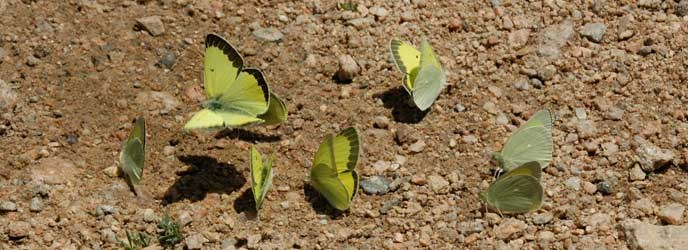
NPS/R. Bray Under the scientific classification of insects, butterflies and moths fall under the order Lepidoptera. From here, they split off into many families including the following found in the park. See the Rocky Mountain National Park Documented Butterfly List for distinct species that fall under these families. Visit the IRMA Portal NPSpecies web page for updates on the park's working species list. 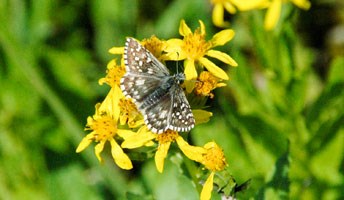
NPS/R. Bray Hesperiidae (Skipper Family)
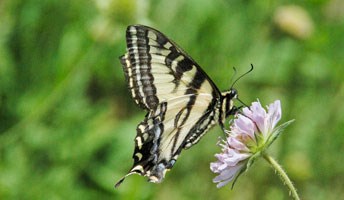
NPS/R. Bray Papilionidae (Swallowtail Family)
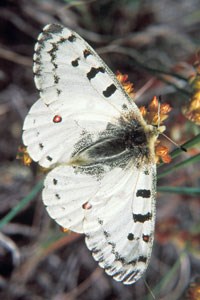
NPS/R. Bray

NPS/R. Bray Pieridae (White and Sulphur Family)
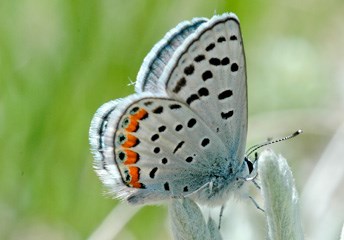
NPS/R. Bray Lycaenidae (Gossamer Wing Family)
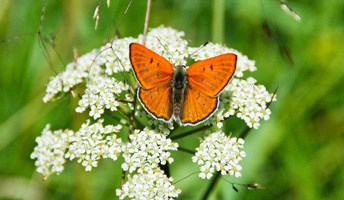
NPS/R. Bray
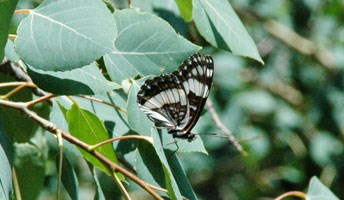
NPS/R. Bray
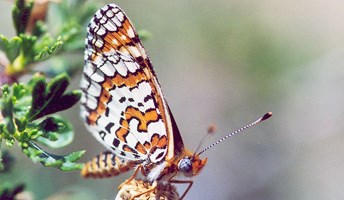
NPS/R. Bray
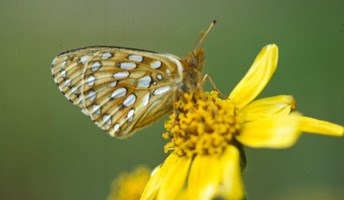
NPS/R. Bray
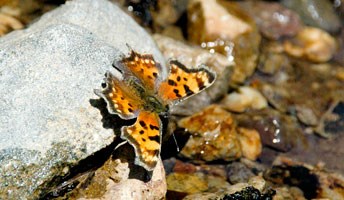
NPS/R. Bray
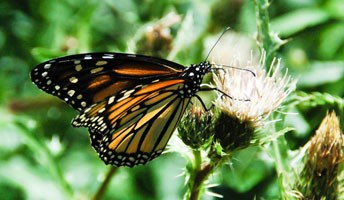
NPS/R. Bray
(text by S. Mason)
|
Last updated: March 26, 2024
